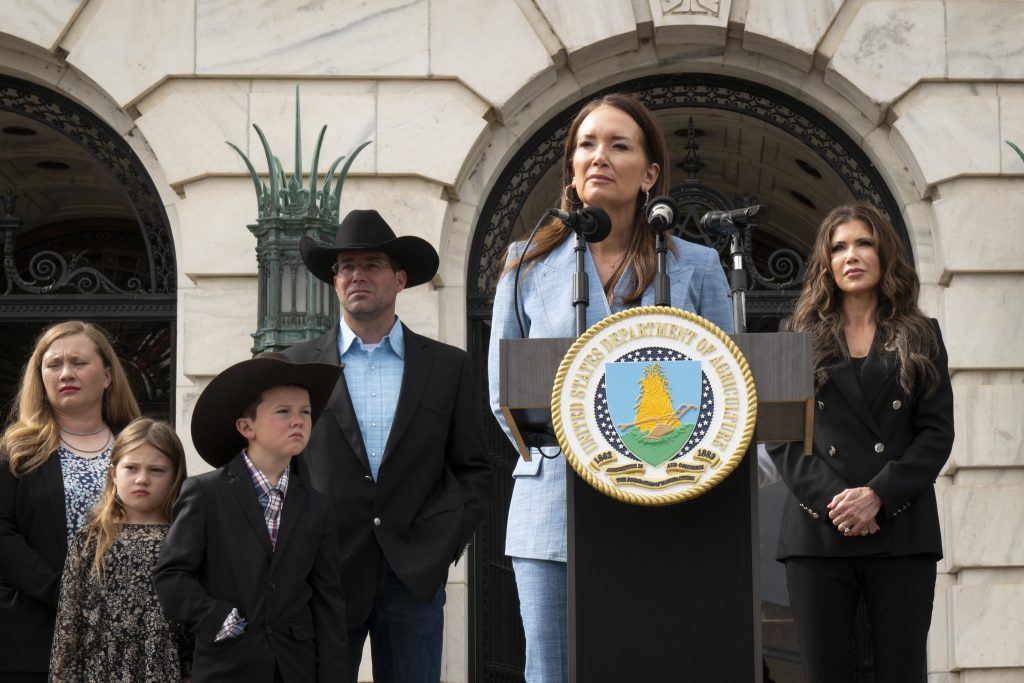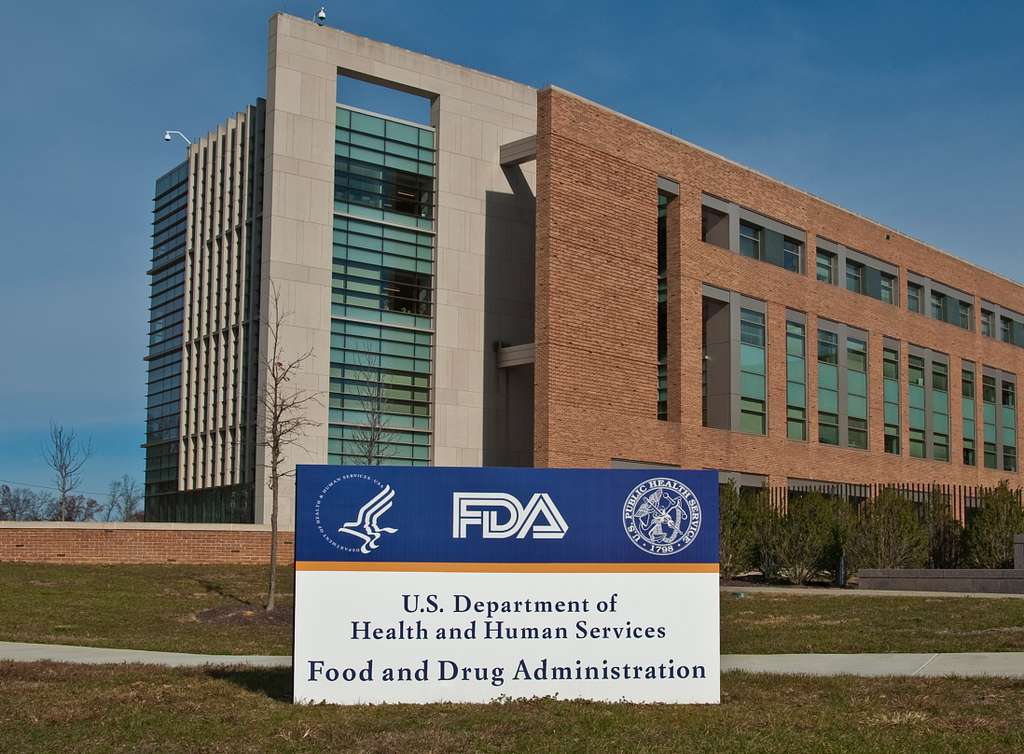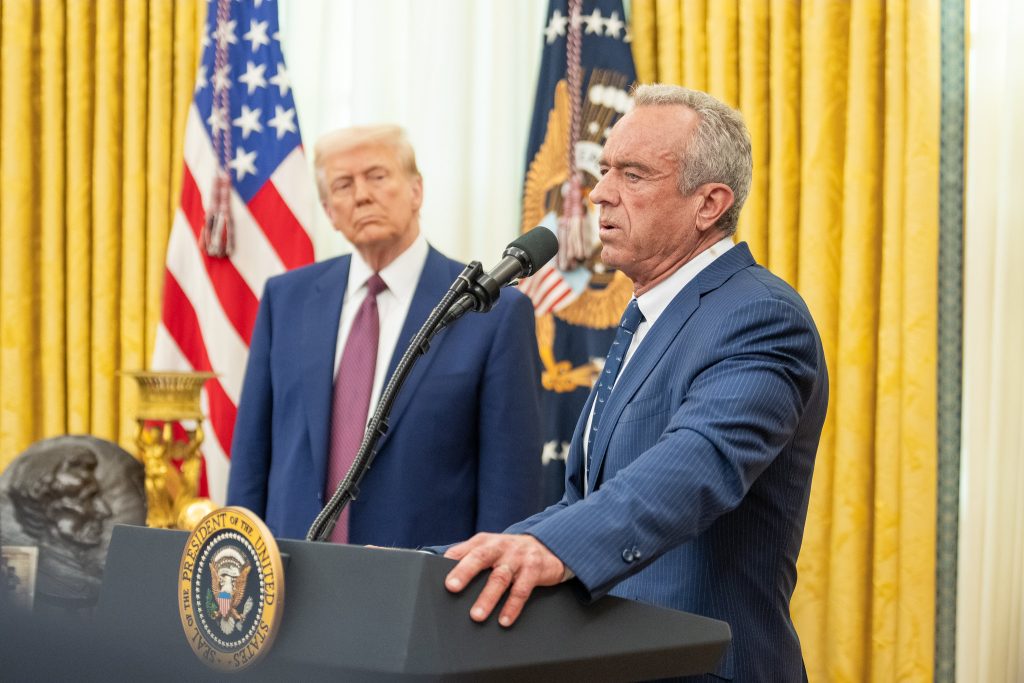SNAP program rife with fraud, disparity and health issues for participants, government agencies say
Articles / Health / Politics & Policy SNAP program rife with fraud, disparity and health issues for participants, government agencies say In the first quarter of 2024, nearly 177,000 fraud incidents were reported. The CDC noted that 2024-2025 data found that SNAP recipients continue to face disproportionately high rates of obesity and diabetes, particularly in low-income areas where participation exceeds 20% of households. By: The November 1 deadline looms as SNAP (Supplemental Nutrition Assistance Program) benefits are set to expire for roughly 42 million Americans. However, issues throughout the program have emerged and perhaps spurred by a tranche of viral videos — of uncertain origin — on social media, questions are being raised about how much of the program’s benefits go to those who truly need it. Pew Foundation’s numbers A Pew Research study published in 2023 found that in fiscal year 2021, approximately 41.5 million people, or 12.5% of the U.S. population, participated in the SNAP, down from a peak of 47.6 million in 2013. The program reached 22.9 million households, representing 17.3% of all U.S. households, with significant involvement of vulnerable groups. Nearly 17 million children (23% of all U.S. children), 9.4 million working-age adults with disabilities, and members of households with elderly individuals were among the participants. About 36% of SNAP households lived below the poverty line in 2021, with an average monthly benefit of $231 per person or $427 per household. Racially, 39% of participants were White, 26% Black, and 17% Hispanic (of any race), though participation rates were higher among Black (27%) and Hispanic (23%) individuals compared to Whites (8%). These figures highlight both the economic hardship addressed by SNAP and the program’s disproportionate role in supporting communities of color. Fraud throughout the program amounts to billions In fiscal year 2023, the U.S. Department of Agriculture estimated that 11.7 percent of SNAP benefits, amounting to approximately $10.5 billion, were paid out improperly, with fraud contributing to a portion of these losses through recipient and retailer violations. Every dollar of SNAP benefits lost to fraud generates an additional $3.72 in costs for agencies, primarily from identity fraud, account takeovers, eligibility misrepresentation, and EBT card trafficking. In the first quarter of 2024 alone, nearly 177,000 fraud incidents were reported across 46 states, with New York experiencing over 16,000 cases, often involving EBT card skimming and cloning. Despite a 350 percent increase in federal spending on retailer integrity and anti-trafficking efforts from 2012 to 2023, SNAP overpayment errors surged to over 10 percent by 2023, highlighting persistent challenges in curbing benefit fraud. State efforts to improve SNAP SNAP is a federal program funded entirely by the U.S. Department of Agriculture (USDA) through the Food and Nutrition Service (FNS) However, administration of the program falls to the states even down to the local level, handling tasks such as determining eligibility, issuing benefits via EBT cards, processing applications, and conducting quality control reviews. The federal government sets the core rules, benefit levels, and funding, while states have flexibility in certain administrative procedures and may cover part of the administrative costs (typically split 50/50 with the federal government). This shared structure means that while fraud prevention policies are federally guided, states are primarily responsible for detecting, investigating, and addressing recipient and retailer fraud within their jurisdictions. Several states have successfully obtained USDA waivers to restrict the use of SNAP benefits for purchasing sugary drinks and candy, with Nebraska becoming the first, in May 2025, to ban soda and energy drinks, followed by approvals for Iowa, Indiana, and others that also prohibit candy and similar non-nutritious items. As of August 2025, a total of 12 states — including Arkansas, Idaho, Florida, Texas and West Virginia — have implemented or are set to implement these restrictions starting in 2026, aiming to promote healthier food choices amid concerns over chronic diseases like diabetes. SNAP doesn’t come without health issues CDC (Centers for Disease Control) and U.S. Census Bureau data from 2024-2025 found that SNAP recipients continue to face disproportionately high rates of obesity and diabetes, particularly in low-income areas where participation exceeds 20% of households. For instance, in Staten Island’s highest-SNAP zip codes, obesity rates reach 35-40% and diabetes prevalence 14-18%, compared to borough-wide averages of 28% and 10%, respectively, illustrating how food insecurity amplifies these chronic conditions. The 2025 State of Obesity Report, drawing on 2024 CDC data, highlights that while overall adult obesity dipped slightly to 41.1% nationally, low-income groups reliant on SNAP programs like those in 19 states with rates over 35% bear the brunt, with calls for enhanced nutritional incentives to curb diabetes risks. Additionally, a 2023 NHANES analysis of low-income adults with type 2 diabetes (many SNAP-eligible) shows 63.4% obesity prevalence and 55% poor glycemic control, underscoring persistent links between program participation, socioeconomic stressors, and metabolic health disparities. Social stigma no more During the paper food stamp era, users reported enduring embarrassment at grocery checkouts, where clerks handled and sorted distinctive coupons in front of other shoppers, creating a sense of shame that kept many eligible people from signing up. Switching to EBT cards—indistinguishable from ordinary debit or credit cards and processed with a simple swipe—removed all outward signs of SNAP use, sparing recipients from judgment reportedly associated with food stamp use. Studies show this loss of visible stigma played a major role in the program’s rapid expansion, pushing average monthly participation from roughly 17 million in 2000 to more than 42 million by 2023. TOP STORIES In off-year elections, Republicans ignored major Trump wins that could’ve changed the night EPA chief says ‘the sky is the limit’ with Trump’s diplomatic deals on strategic minerals SNAP program rife with fraud, disparity and health issues for participants, government agencies say ‘No Kings’ protesters silent when Democrats rule as monarch Democrats panic over redistricting numbers with pivotal SCOTUS decision looming LATEST EPISODES Alfredo Ortiz: ‘If we can’t band together over key Main Street issues, we face a blue wave next year’ Housing First, Results Last: Why California’s Homelessness Crisis Keeps Growing Mark Finchem reacts to being named in Arctic Frost: ‘wanting fair elections made me a nat’l security threat?’ Restoring the American Dream: Property Rights,





